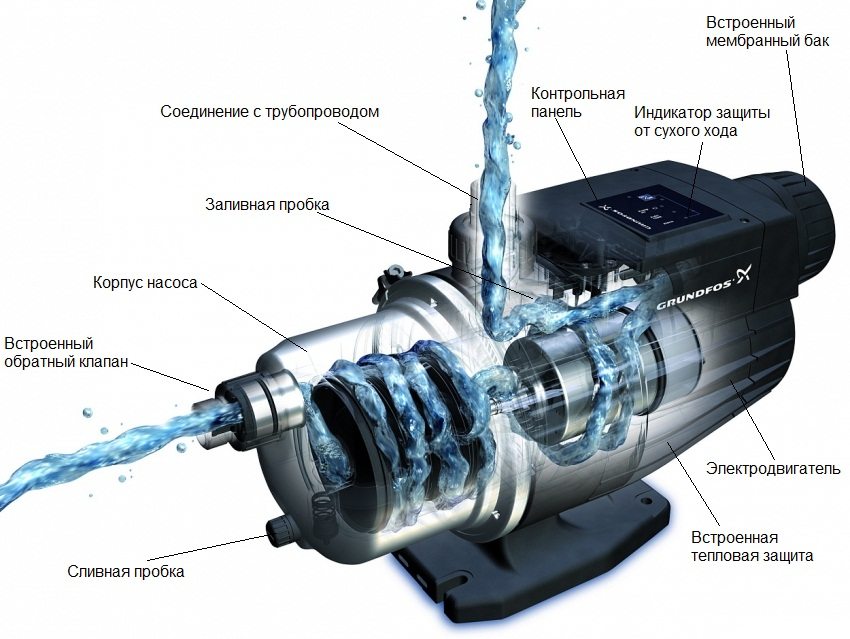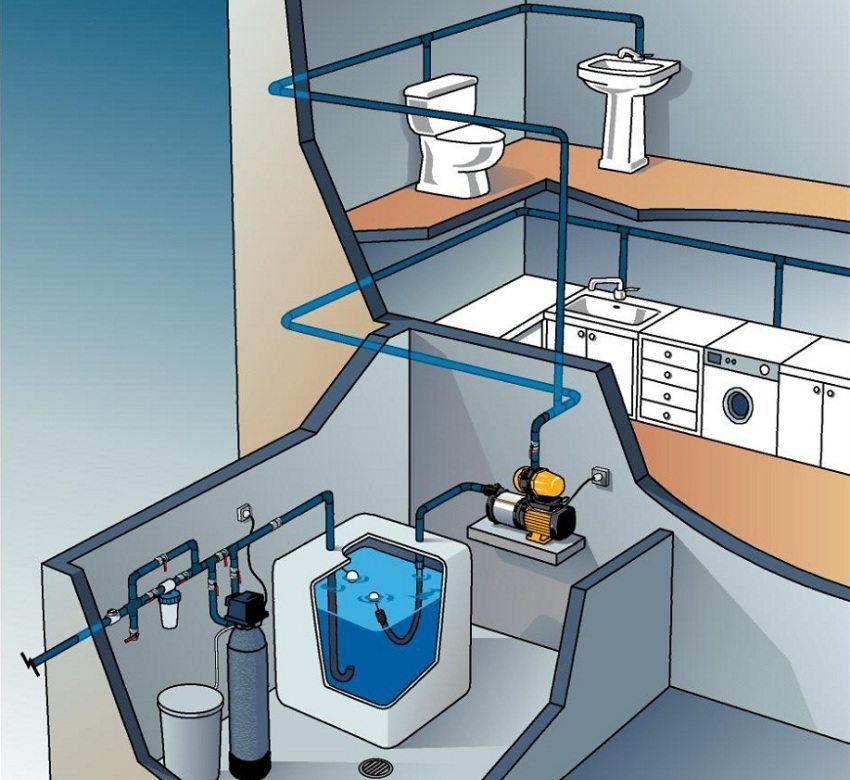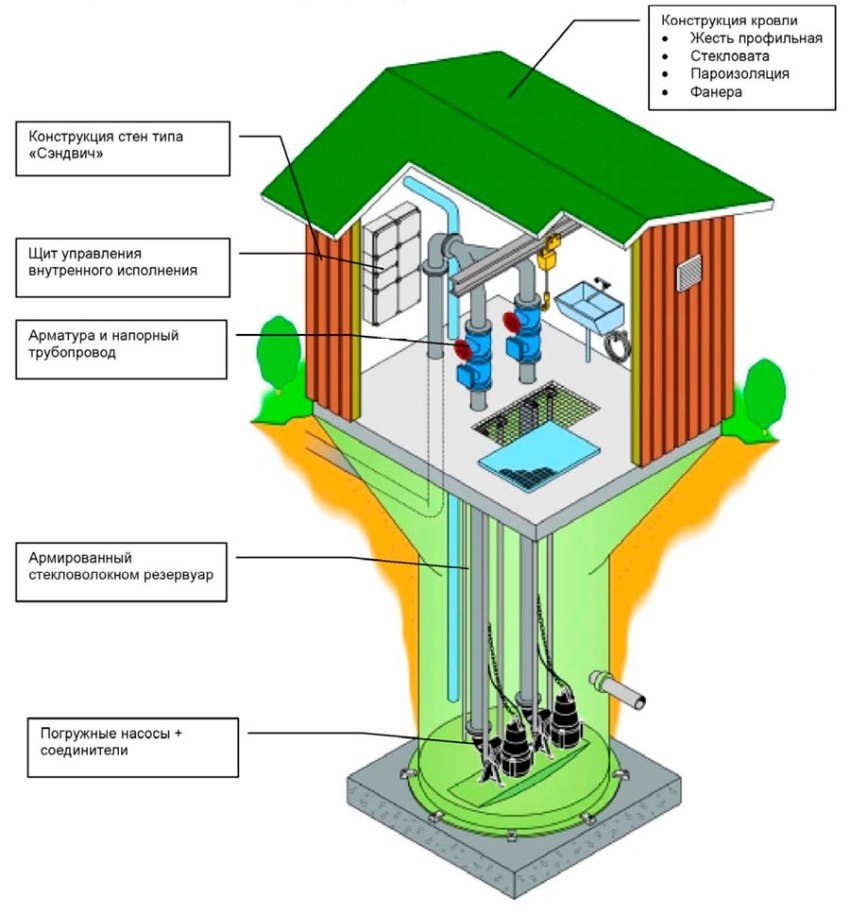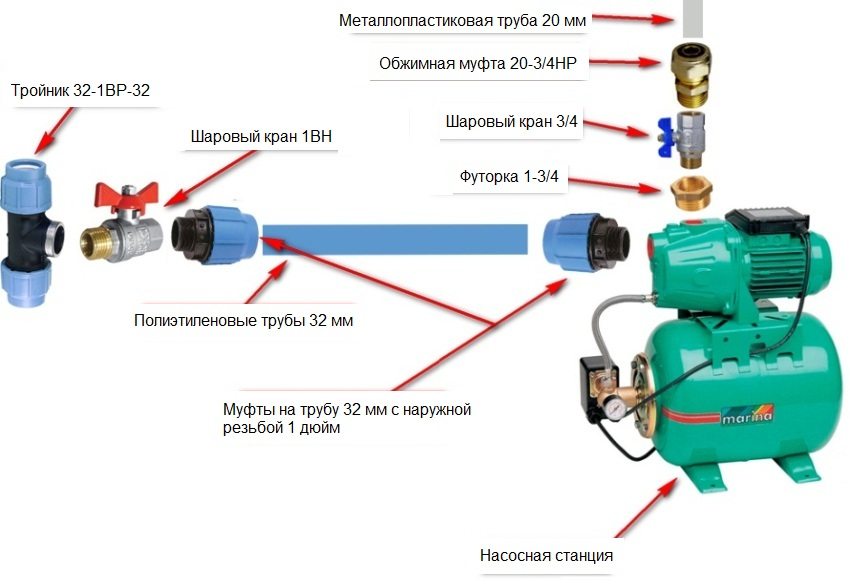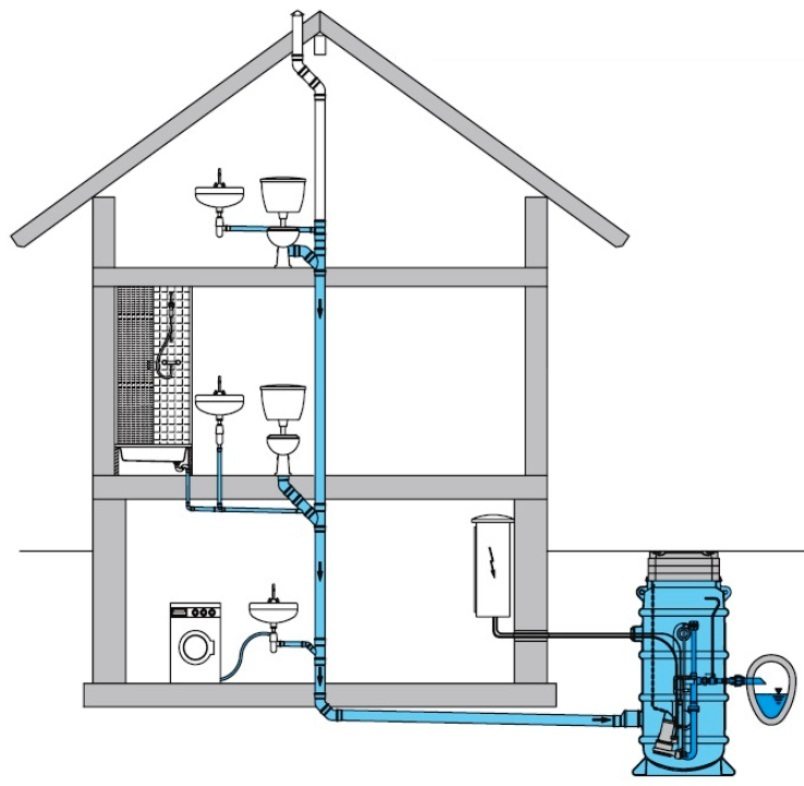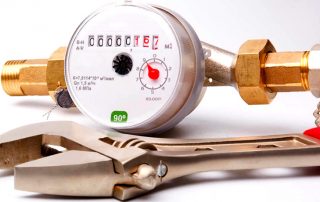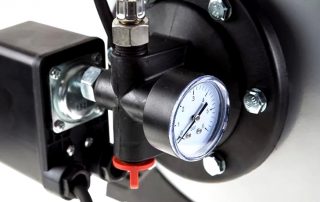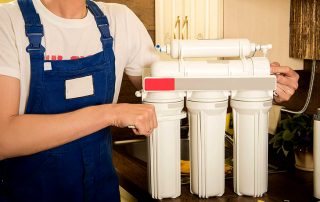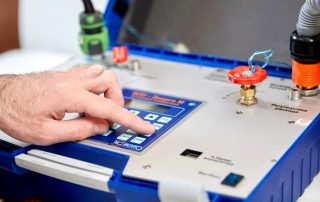The rules on how to choose a pumping station for a summer residence are important for everyone who wants to provide their life with an autonomous and uninterrupted water supply at any time of the year. This simple device allows automatic water supply to any point of water consumption. The installation is capable of providing sufficient pressure in the water supply under any conditions, even when the pump is off. The main thing is to make the right choice of equipment and correctly mount it in your own summer cottage.
Content [Hide]
Overview of available types of pumping stations
Whatever pumping station, it includes: pump, accumulator, pressure gauge, pressure switch, various valves and filters... Manufacturers can somehow complement the installations with different types of the listed devices, which determines its performance and appearance. Therefore, the question of how to choose a pumping station for a summer residence in the most optimal way remains always relevant.
Pumping stations, which are popularly called "reckless", can differ in the following parameters:
- the type and appearance of the pump installed on the device;
- main technical parameters;
- the material used to create the accumulator tank and its volume;
- the height of the rise of the water column from the source;
- the possession of certain additional options, which most often include various devices for protection against "dry running" or overheating;
- manufacturer;
- the cost of the entire set.
What types of pumps are equipped with pumping stations
There are two types of pumps that are equipped with "turretless". Most often, these are air-cooled surface centrifugal pumps, which almost all manufacturers install directly on the accumulator. The second type of station is equipped with submersible pump types. They are lowered directly into well or a well.
Surface pump stations
Stations equipped with surface types of pumps are: multistage, self-priming with a remote or built-in ejector, centrifugal.
Centrifugal pumps may not provide too much suction depth. Most often it is 7 - 8 m. They have a fairly high head, but low productivity. To start such a pump, it is necessary to pre-fill the entire line with water.They make a lot of noise, so their installation is shown at a sufficient distance from housing.
Related article:
How to install a pump to increase water pressure in an apartment. Classification of pumps for increasing the pressure in the water supply of the apartment. Selection criteria, features of self-installation.
Water supply stations equipped with multi-stage types of pumps have a similar suction depth and require mandatory filling of the suction line, but they have a more acceptable operating noise level, higher water rise and high efficiency. This option is much better suited for indoor installation due to the permissible noise level.
Self-priming pumps with built-in ejector provide the station with a much greater depth (up to 9 m) from which it can lift water. The head of such stations is average with good performance. But its main advantage is the ability to start normally even with a lack of water in the line. If the pump is equipped with a remote ejector, then the suction depth can reach a record 45 m.
Useful advice! Pumps with a remote ejector have a complex structure and "sin with whims" during operation. In addition, they are difficult to mount. Therefore, if you are deciding how to choose a pumping station for a summer residence, then this choice should be made only with a deep occurrence of groundwater in case it is impossible to use a deep pump.
Submersible pump stations
Some pumping stations are equipped with deep (submersible) pumps. They are either centrifugal or vibrational. Such pumping stations should be selected in relation to the type of water supply source on the site. The hole diameter or well depth directly affects this choice. The more powerful the pump, the higher it is able to raise water. In this case, the amount of water in the source must also be taken into account.
It may happen that a pump that is too powerful will empty the source too quickly. Vibration pumps ("Kid", "Brook", etc.) are cheaper and simpler, both during operation and during installation. Moreover, they are less powerful than centrifugal ones. If the depth of groundwater is more than 9 m, then, as a rule, it is possible to choose a pumping station for a summer residence only with a submersible pump.
How to choose a pumping station for a summer residence
Before deciding on the choice of a pumping station, you need to know what technical characteristics of the device you should pay attention to when buying. The most critical of these are power, head and performance. For a summer residence, a station with a power of 0.6 to 1.5 kW is sufficient. The dependence of performance and pressure on each other can be depicted graphically, which is what manufacturers do by placing such graphs in the device passport. Productivity is usually measured in m³ / h, while the head is in meters of water column or atmospheres (for reference, 1 atm = 9.8 m wc).
Many stations are equipped with protective devices in the form of sensors, which are able to turn off the device in case of overheating or, the so-called "dry run", when there is no water in the system. This makes the cost of the station higher, but also assumes its safer use. The kit usually includes a check valve and water filter... In their absence, the purchase and installation of these elements is required.
Other criteria for choosing a pumping station
Before choosing a unit, a certain analysis of the current conditions should be carried out. In particular, it is necessary to find out: what type of source for water supply will be used - well or well, their depth and the volume of available water reserves, the maximum possible water consumption and the need for it.
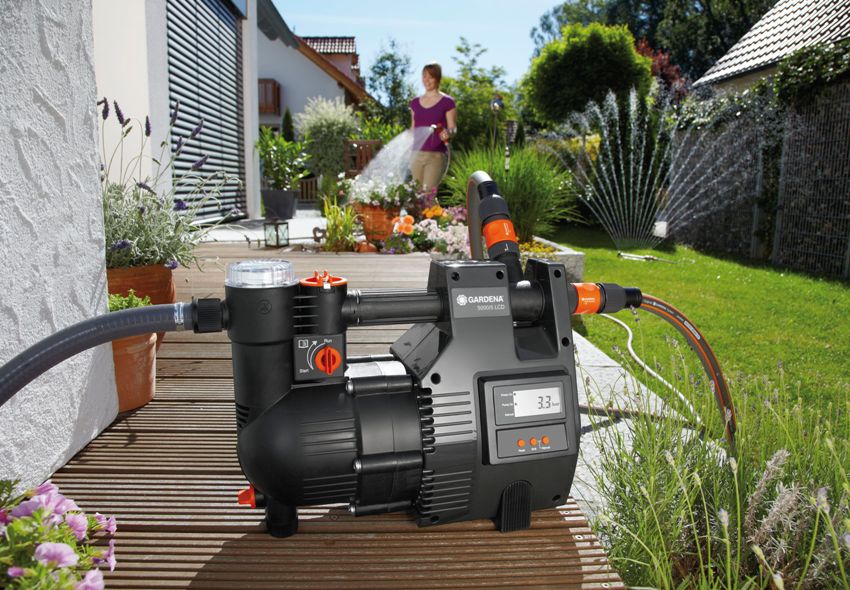
When choosing the power of a pumping station - you should focus on the tasks for which it is purchased
Now you can confidently start choosing the desired device according to the following standards:
- level up to 8 m - a station with a surface pump is suitable. This indicator is greater - there is no alternative to the deep pump;
- according to technical characteristics, we select equipment that will satisfy all the requirements for the height of water rise, its maximum flow rate and the sufficiency of pressure in the system. To this must be added from 10 to 20% of the power for hydraulic losses in filters and various valves;
- the selection of a hydraulic accumulator by its volume is carried out based on how much water you need in the absence of electricity. For a family, a completely acceptable option is to purchase a device with a capacity of 50 liters, and for one person, 24 liters are enough. The resource of the pump also depends on the size of the capacity, since it will turn on the less often, the more it is.
Useful advice! When choosing the volume of the accumulator, you need to make sure that it fits into the prepared place. If not, then you need to either change the installation location, or be content with a smaller volume of the accumulator.
We select the place of installation of the pumping station
For self-installation of a pumping station in the country, you need to decide on the most optimal place. You will have to choose from three options: in the immediate vicinity of a well or a well, in one of the utility rooms, in the house itself.
If the installation is carried out near the source of water consumption, then it is necessary to arrange a special insulated chamber, which is called a caisson. A pipe is laid from it to the house at 25 or 32 mm in a trench, which is insulated.
Useful advice! In order for the insulation of the supply pipe to be effective and reliable, it can be wrapped with a heating electric cable. It is necessary to deepen the pipe below the level of soil freezing. Special attention should be paid to insulation at the point where the pipe enters the foundation of the house.
To avoid the construction of additional insulated objects, it is advisable to install the pumping station directly in the house. A basement or any utility rooms are well suited for this. In this case, you need to choose devices with a low noise level. Installation in a separate utility room is only possible if it is properly insulated.
In the absence of a centralized water supply, everyone understands perfectly how important a pumping station is for a summer residence. How to choose the most suitable device, we have covered in this article. Therefore, no one should have any great difficulties in installing it.


